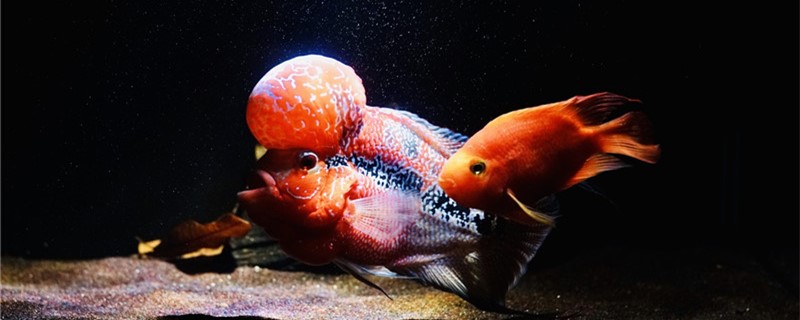
Before a tropical fish lays a small fish, its anus will bulge, its anal fin will always be in a contracted state, and its tail will be raised. It usually takes a month from fertilization to delivery, and as the delivery period approaches, the belly of the fish will become larger and larger, and the fetal spots will become more and more obvious. If you lower the water temperature or push the belly of the fish, you can see the effect of oxytocin.
1. Preparation of propagation tank: For the propagation of tropical fish, it is necessary to prepare a propagation tank to isolate it from other fish in order to prevent them from being attacked. The water in the tank should be kept well first, and then the parent fish can be put into it. If the parent fish has been paired, the paired fish can be put in, if not, they can be put in according to a certain proportion of male and female.
2. Adjust water temperature: Tropical fish have certain requirements for water temperature, which is usually kept at about 25 ℃. During the breeding period, the temperature can be raised appropriately, but not more than 30 ℃. In addition, we should pay attention to the water quality, and put some fish tank stones in the tank, which can settle the waste generated by excretion, thus avoiding the decay of the water body. Aquatic plants can also be planted to provide a certain amount of oxygen.
3. Mating and spawning: When the fish enter the breeding season, they will soon mate and spawn, usually in the evening, but also in the middle of the night. Because there are many kinds of tropical fish and their habits are different, some need to be fished out in time after spawning to prevent them from swallowing eggs, while others have the function of protecting eggs.
4. Larval fish culture: Usually, the fish eggs do not need to be hatched in a day. After hatching, they do not need to be fed immediately. In the early stage, they can digest the yolk sac. Generally, they are fed every other day. For the larvae, the feeding food must pay attention to the size, very small fish need to be fed to the migratory water, slightly larger can be fed to fish and insects.